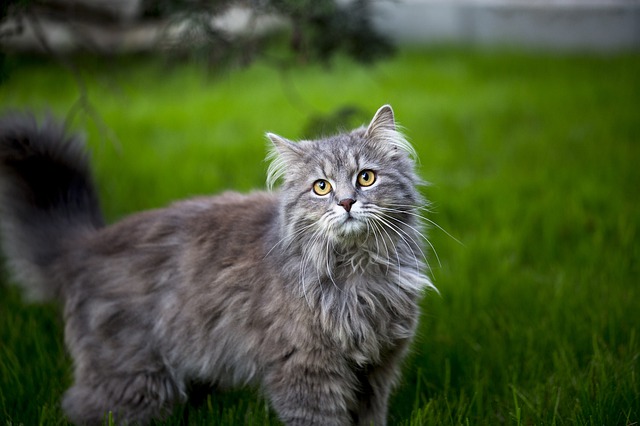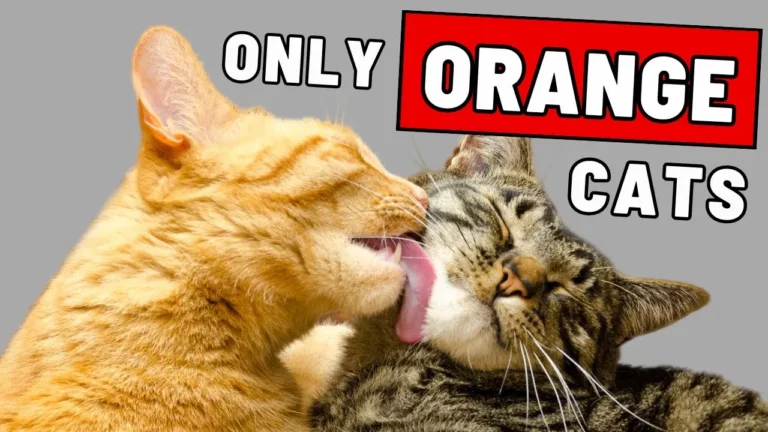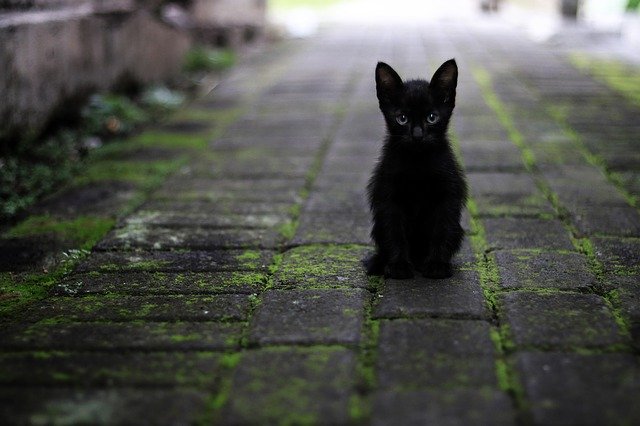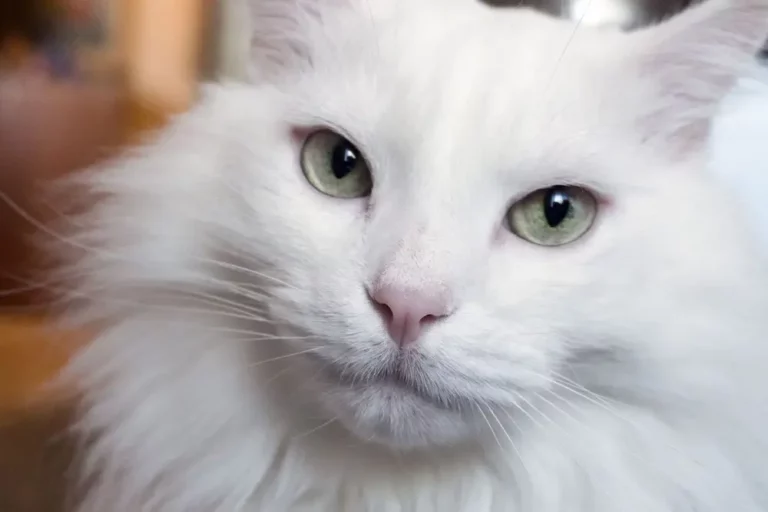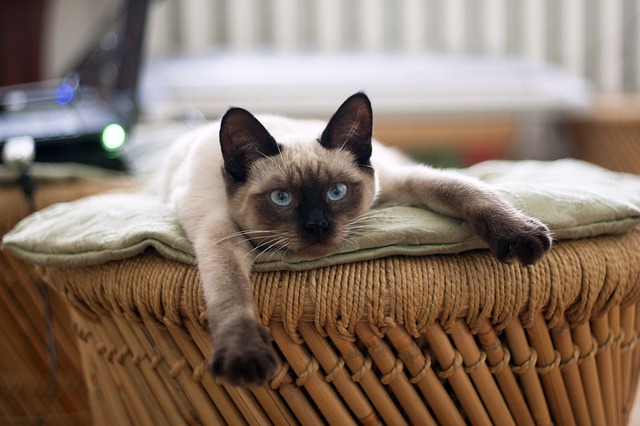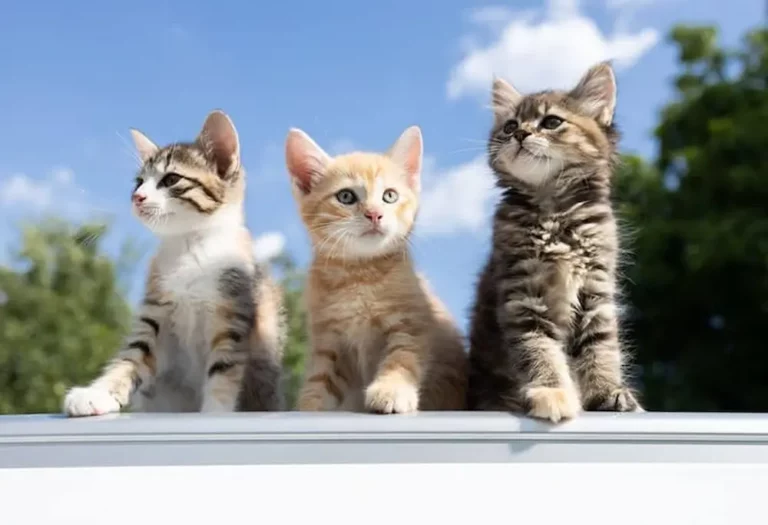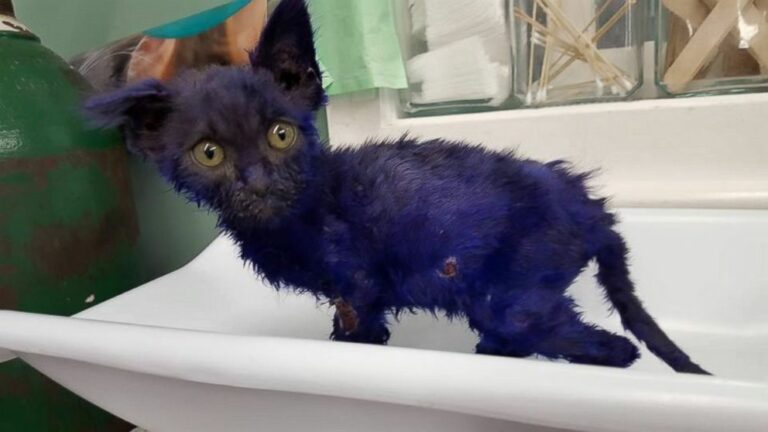How Many Types of Cats are There?
If you’re thinking about taking in a new
We’re pretty sure you won’t be happy with the answer, because there isn’t an exact one. It depends on who recognizes them.
Just like the geographical states or cult movies, the total number of
However, any official breed registry will have one thing in common: pedigree. This means that the individuals pertaining to the each listed breed have a pair of common ancestors, and their ancestry can be verified according to a long and complicated family tree. Just like in the case of humans, a
So how do cat breeds appear?
Unless you are ready to embrace the possibility that cats are the real creators of the Universe and everything in it, the answer can only be that they first appeared naturally and developed different characteristics following the requirements of their geographical environment. Some of the most known natural breeds of cats are the Abyssinian
Later on, the desire of combining some of these characteristics, or extracting them has made breeders intercross natural occurring breeds with each other or with domestic cats, thus establishing new breeds.
Other
However, in order to protect cats who have been “engineered†in order to have a certain look, given that some combinations of traits are dangerous for the animals, making their daily life miserable,
These are the main reasons for which you will find that while The
The international Cats Association does so for 71 breeds of cats, the Fédération Internationale Féline recognizes 48 official breeds. With detailed standards concerning both the physical traits of the cats, such as their fur length, shape of the ears and face, the length of their feet and tails, and so on, each organization has basically created its own taxonomy. To be fair, as long as they are pure and verifiable by pedigree, major breeds appear in all registries.
What cat breed is right for me?
To find out the answer to this question, we suggest you first think about the reasons you want to get a
However, choosing a
If you have enough indoor room or even a garden, a large-sized breed would feel comfortable, but there would be other characteristics you need to consider, like the climalite of your location, their grooming needs and how well you can address them, if you have other pets that they will have to cohabit with, and how much private space they can have.
Going through the traits of different breeds, you will find that most of them are described as having a more or less friendly personality, a bigger or smaller inclination to engage with children and so on.
While it does provide you with a general idea about the breed, keep in mind that genes have a limited influence, while education and the environment in which a kitten was raised are also very important factors in determining how friendly and loving a
And even if you do come across a
What is the largest breed of domestic cat ?
Seeing that you have enough space to accommodate a large-sized
As these measurements usually depend on the gender of the
The Maine Coon, who is commonly agreed upon as the largest breed of
Maine Coon cats have held the last three records for the Longest domestic
The Maine Coon is not just beautiful, it is also a great choice when it comes to friendliness and companionship for other pets. Our favorite of the Maine Coon’s numerous traits, though, is that they love water and bathing.
The Ragdoll is a large
Ragdoll cats have been called “perfect companions†because they are very sweet, loyal cats, who like to be near their owner at all times. Even though they seem to leave not much room for privacy and despite their fluffy appearance, Ragdolls are fairly easy to care for: their coat has only two layers, making it easy to groom, and they have a very trainable nature.
The British Short Hair, as their name gives it away, have short fur, being thus easier to groom. The males can reach up to 18 lbs, which puts them into the large category of
The British Short Hair is a somewhat talkative
What is the smallest cat breed that you can own?
Logically, the majority of
The Singapura is a small-breed
The appearance of the singapura
The Kinkalow is the result of crossing the Munchkin (short-legged breed of
In spite of their tiny legs, the Kinkalows are great companions for playing, having lots of energy. Their coat can vary in length and thickness, but they are usually pretty easy to groom.
A possible downside may be the fact that their body conformation – short legs and long body – along with their size can require a lot more attention, for example, if you’re bed is high or if you have stairs in your house you will have to do some lifting.
What is the best breed of cat ?
If you’re still asking this, it means you should carefully go read this article from the top. All breeds are equally good, they are just more or less fit for some owners.
Before you can tell if a certain breed is good for you, you should know exactly what you have to offer in terms of environment, time, energy and money. It would be great if one shouldn’t have to consider that last element, but if you want a large-sized
In what personality is concerned, while you will find a lot of long lists talking about the friendliest
There are many different breeds of cats out there, so you will definitely find one that resonates with your personality and idea of a perfect pet.
A plea for the moggy
Worldwide, there are millions of cats abandoned each year. Many of them haven’t been neutered and so they breed in the wild, resulting in an even greater number of stray cats who fight for survival in what is a cruel world even for humans.
Out of these millions, some enter public shelters, where if they are lucky enough, they get adopted from, but where most of them just get food and little medical care, if any, until they are put to sleep.
The moggy, as some of us call the stray cats that roam our streets, can come in a wide variety of shape, size and coat pattern. They have exceptional health, since they come from a wide pool of genes, unlike the rare breeds. Variable also in personality traits, the common household cats are very smart and very adaptable. Visiting the local shelter or taking in that hungry
